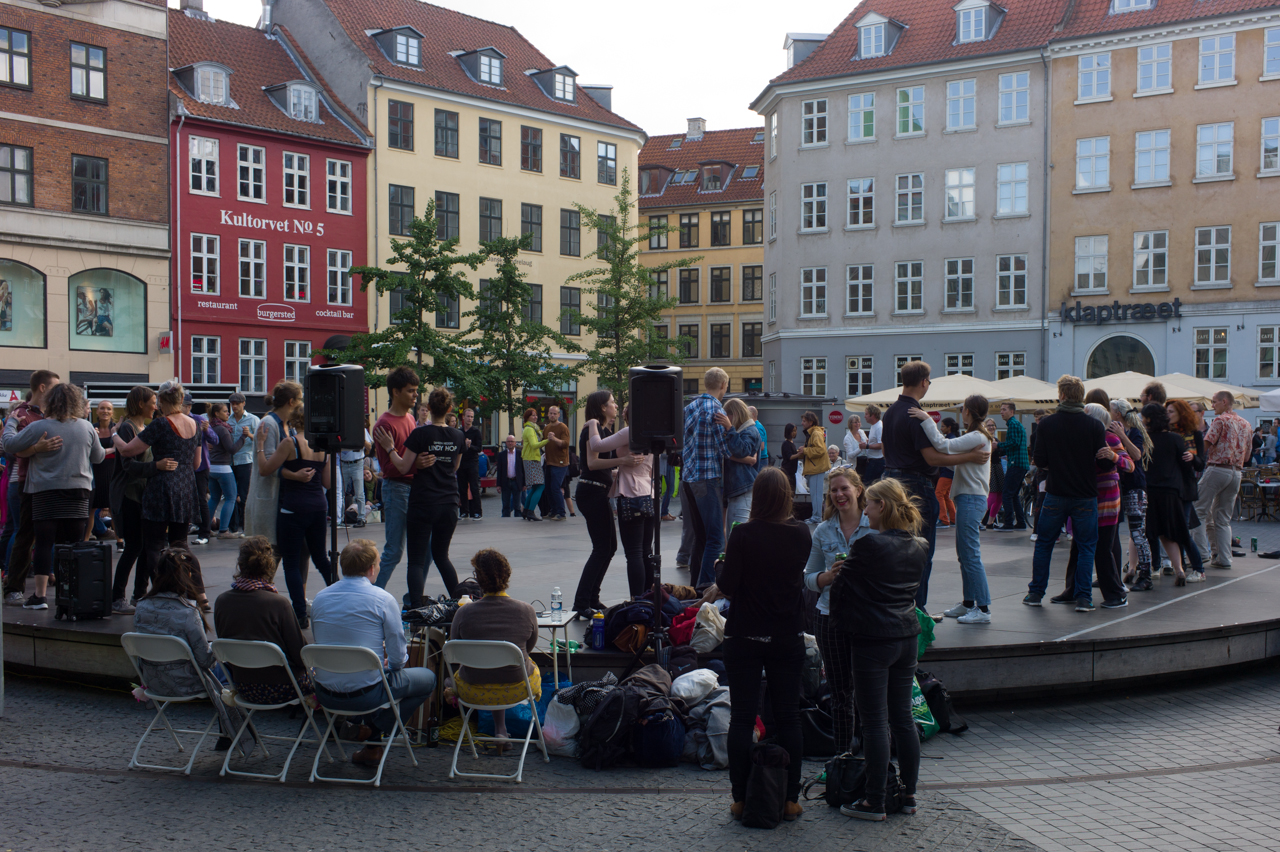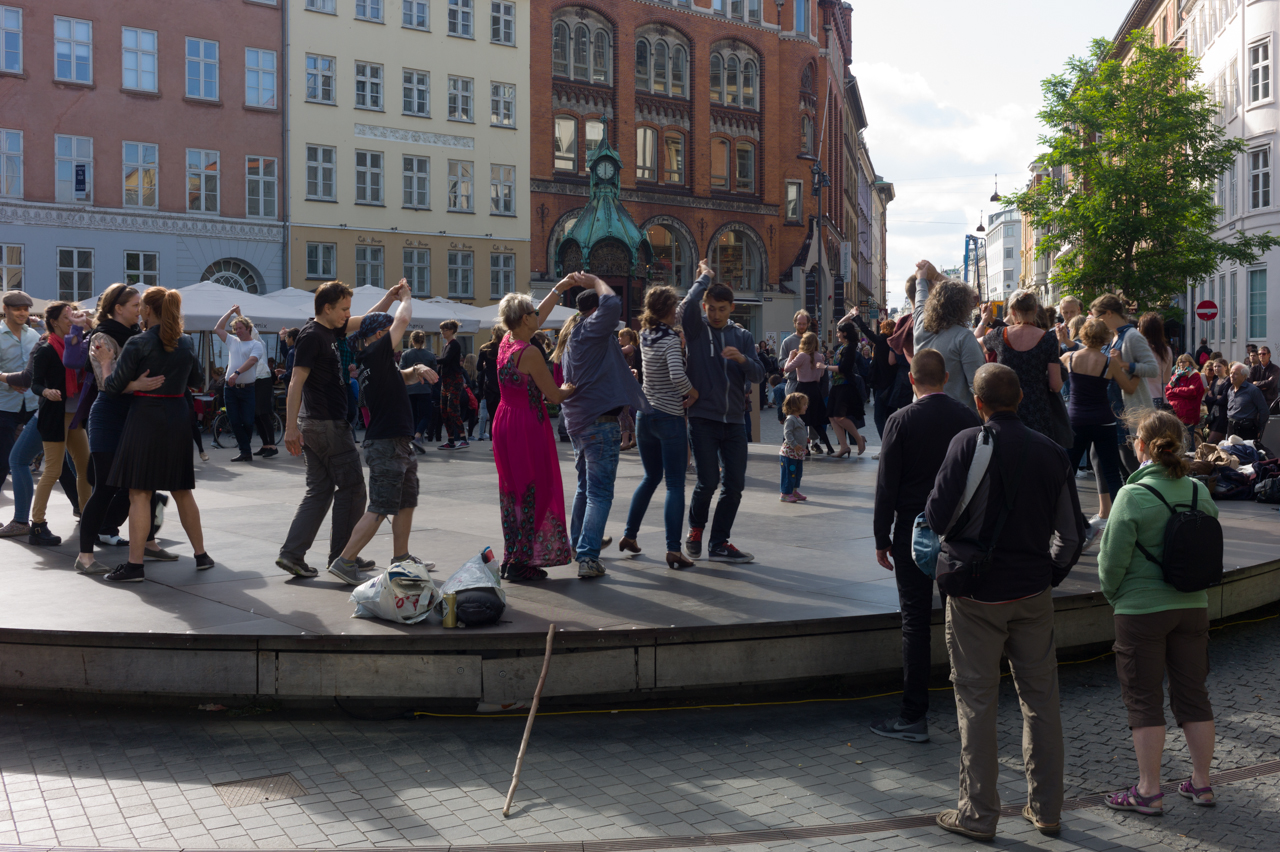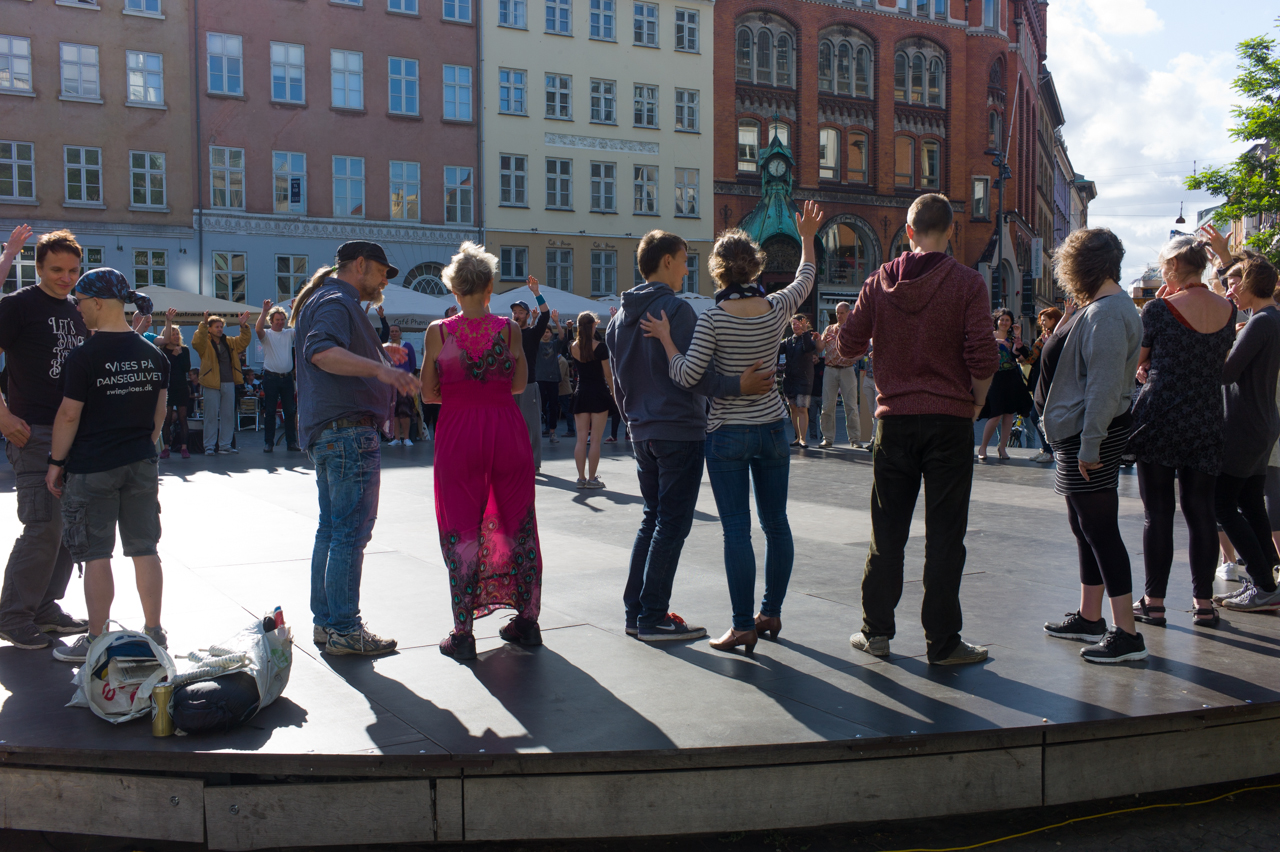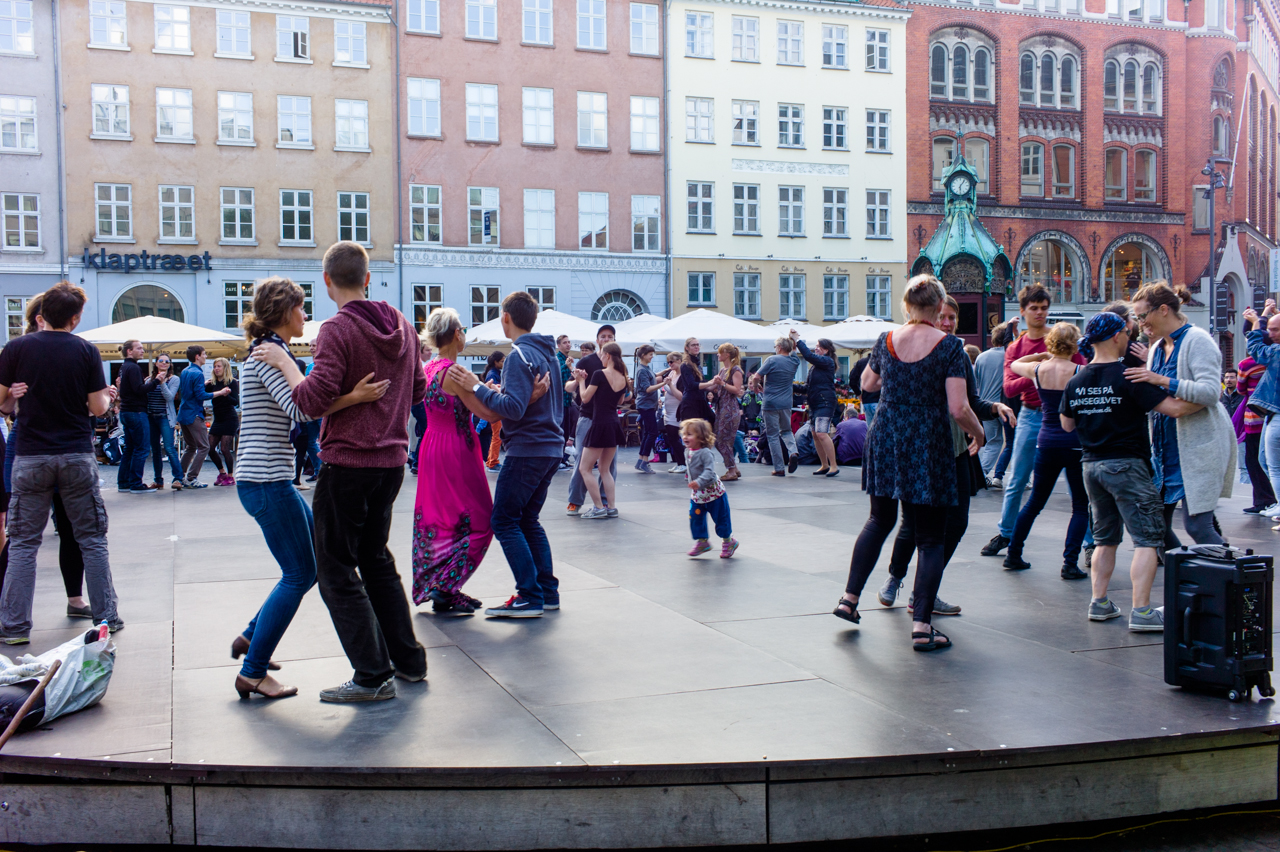Trafiklegepladsen in Copenhagen
/Writing about Blinkenbikes I mentioned Trafiklegepladsen. It’s on the edge of a large park called Fælledparken on the north side of Copenhagen and is close to the main football stadium. It’s laid out with an extensive and fairly complex arrangement of roads with round-a-bouts and crossings and traffic lights but all scaled down and it is where Copenhagen children learn about riding on roads. There are classes there but there seems to be open access most of the time so you see parents with their kids at weekends and in all sorts of weather.
A new building was completed last year at the entrance that was designed by the architecture practice MLRP with toilets and large areas under cover that can be opened up by folding back doorways for teaching and repair spaces and there are stores for go karts. The area also has picnic tables, play equipment and fun things like vertical rotating brushes of a car wash though I’m sure most parents are relieved to find there is no water.
I liked the idea that clearly the little boy was teaching his dad to use a scooter.
Just after I took the photo of the little girl in a pink hat I had to leap for the pavement as she came racing past. Admittedly she had the green light at the cross roads and the little man on the crossing light was on red and my Danish is not up to arguing the point that actually she was on the wrong side of the road ... better to just get out of the way when a Copenhagen cyclist gets up a bit of speed.
Schools and nursery schools around the city often have their own miniature road layouts in their playgrounds … children here start riding bikes on the public roads at a very early age and this is a good way to teach them to be confident and safe.








































